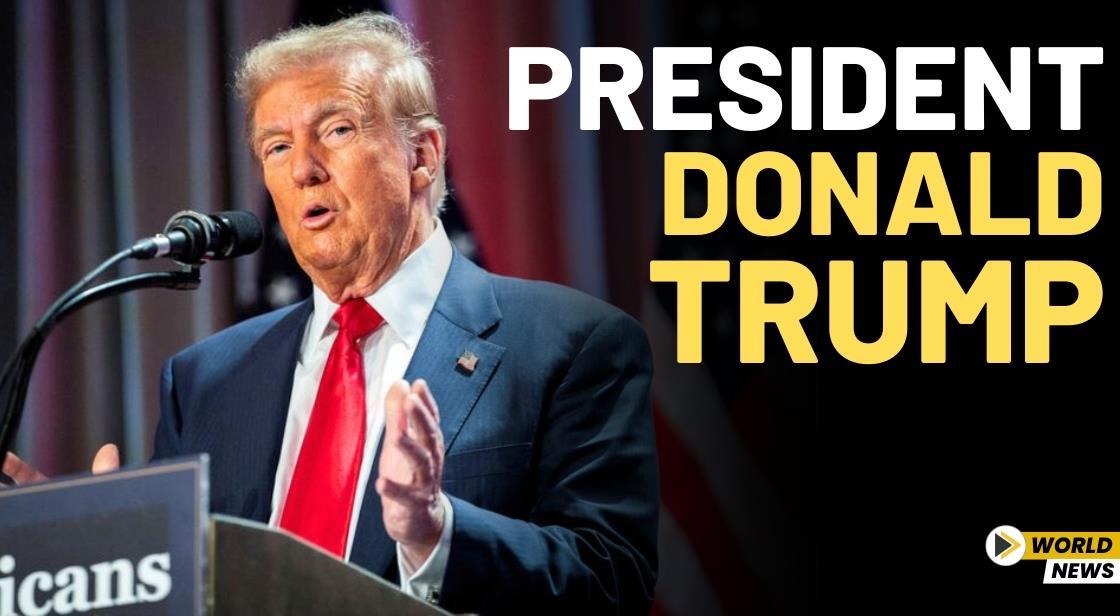Donald Trump’s Trade War Backfires as Dollar Weakens, Inflation Looms

News Synopsis
When Donald Trump launched his aggressive tariff campaign, the mission was clear — to curb China’s growing economic influence and reinforce America’s global economic dominance. But the move, instead of delivering clear victories, appears to be dragging the U.S. economy into rough waters.
Now, a rapidly weakening U.S. dollar is raising serious questions about the long-term success of Trump’s economic approach.
US Dollar Slumps Amid Global Economic Jitters
The U.S. dollar has been losing ground against global currencies, largely due to capital flight and investor unease. The growing outflow of funds from the U.S. is driven by rising inflationary concerns and lack of confidence in the sustainability of Trump’s trade policies.
This decline in the dollar’s value is triggering higher import costs and cheaper exports—essentially mirroring the impact that Trump intended to create through tariffs.
However, experts warn that the inflationary pressure created by a weak dollar could be far more damaging than the trade imbalances Trump originally sought to correct.
Ruchir Sharma: “Tariffs May Be the Wrong Tool”
Renowned global investor and economic commentator Ruchir Sharma had previously highlighted that a weaker dollar could act as a magnet for foreign capital into countries like India.
In a recent interview, Sharma weighed in on the evolving economic scenario:
“Disrupting the economy through tariffs is possibly the wrong way to go about it,” Sharma said.
As the U.S. dollar continues to slide, Sharma suggests that Donald Trump’s tariff-first strategy is backfiring, and the resulting economic disruptions are not playing out in America’s favor.
Goldman Sachs Predicts More Dollar Decline
Adding to the growing concerns, Goldman Sachs has projected a 10% further fall in the dollar’s value against key global currencies such as the euro and yen over the coming year. The bank attributes this to a combination of slowing U.S. GDP growth and the prolonged uncertainties caused by trade tensions.
Goldman Sachs’ Michael Cahill warned that a weaker dollar could result in higher inflation and slower economic growth—undermining the very benefits the tariffs were supposed to bring.
China’s Retaliation and the Risk of Escalation
Another major concern is China’s reaction to Trump’s tariff regime. As Ruchir Sharma observed:
“The real danger is if China digs in its heels and decides not to negotiate, which would only escalate tensions. We saw it in April when China decided to retaliate. That was the turning point, when markets began to panic.”
That moment marked a shift in global investor sentiment, driving up market volatility and compounding fears that the trade war may spiral beyond control.
What’s Next for Trump’s Trade Strategy?
Trump’s confrontational bargaining tactics—often launching with extreme positions and retreating later—are being severely tested in this scenario. While this strategy may have helped him in past negotiations, the economic risks this time are far more severe.
“Trump loves to throw a bomb into the room and adjust afterward,” said Sharma. “But this is a gamble. If tariffs hit 10%, the US economy could slow down by nearly 1%.”
The strategy, once hailed as bold and decisive, is now under intense scrutiny. With inflation climbing and consumer prices rising, American households may be the ones absorbing the brunt of the trade war’s unintended consequences.
Final Thoughts: Is Trump Cornered by His Own Strategy?
What began as an aggressive move to protect U.S. interests may now be forcing Trump into a tight economic corner. While his tariffs aimed to shift the trade burden onto America’s rivals, the ongoing depreciation of the dollar suggests that the U.S. may bear the lion’s share of the fallout.
With a trade deal nowhere in sight and inflation becoming an everyday reality for Americans, Trump’s economic gamble appears to be losing its strategic edge.
You May Like









